|
In this article I wanted to present the various rays you can encounter in the Andaman sea. Most of the pictures below were taken in the Mergui Archipelago located off the coast of Myanmar and some in Surin and Similan islands in Thailand.
I will start with the rays spending most of their time laying on the sea floor such as the stingrays and then about the pelagic rays through the Andaman Sea: they swim mid water from the depth all the way to the surface and travel long distances such as eagle rays and Manta rays!
0 Comments
Quite famous since its recent association to the coronavirus, the pangolin is quite a curious scaly animal!
Let's learn a bit more about this edentate insectivorous living in tropical forests around the equator. Mergui archipelago discoverySince we discovered diving in Myanmar, we just fall in love with this untouched archipelago of Mergui. Let’s explore it together !
|
The Smiling Seahorse Diving BlogA blog about our diving adventures in Burma and Thailand. Diving trip reports, guest reviews, fishy stories, wildlife fun facts and much more...
Search on this blog:
AuthorsThe Smiling Seahorse has been running dive cruises from Ranong since 2012.
Our team of instructors are reporting with a short blogpost after every trip. Camille, Franck and some guest writers also contribute during the off season writing on various topics. Keep tuned for more fishy stories :) Want to receive the next articles via email?
Categories
All
Archives
June 2024
See also...- About Myanmar liveaboards
- Best Burma dive sites - Marine life in Andaman Sea - The Mergui Archipelago - Best dive site in Thailand |
-
When & Where
-
ABOUT
- Plan your trip
-
PROMO
- HOT DEALS
-
Special Expeditions
>
- Thailand North Andaman photo and video expedition - 21 Oct 2024
- Burma Banks photo and video expedition - 29 Oct 24
- Thailand Andaman Sea Blackwater expedition - 07 Jan 2025
- Thailand North Andaman UW Photo clinic - 15 Jan 2025
- Marine biology expedition with Whale Sharks Specialist - 23 Mar 2025 -
- Burma Marine biology expedition with Manta Specialist - 02 April 2025
- gallery
- CONTACT
- BLOG
|
More information |
|
TAT Licence number : 31/00935
© COPYRIGHT 2012-2024.
The Smiling Seahorse |


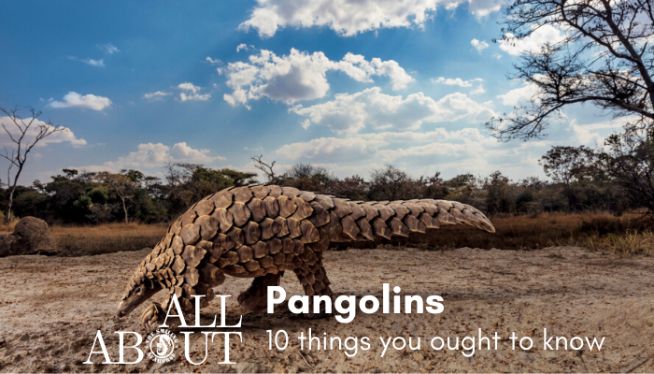
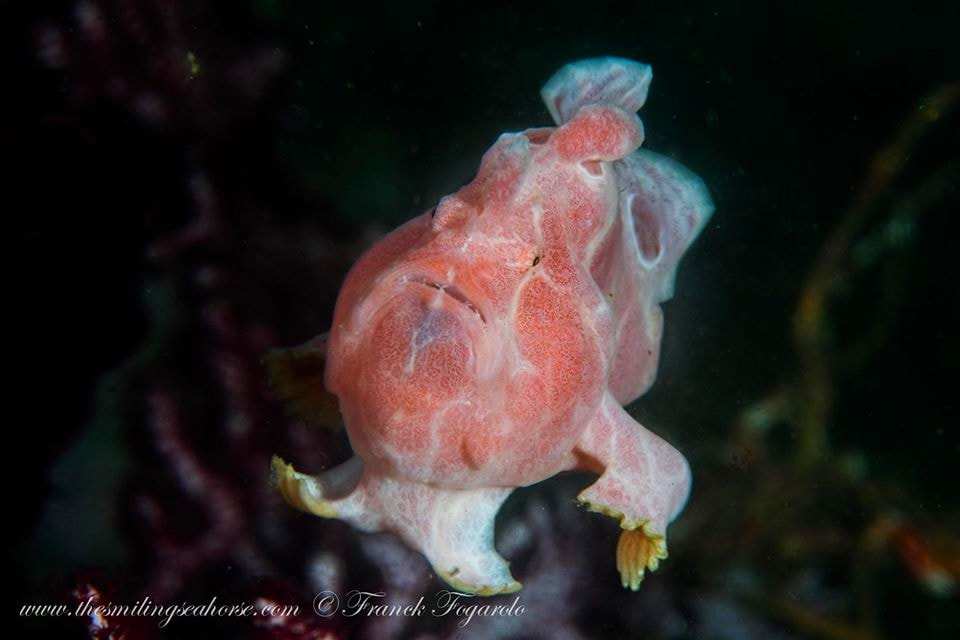
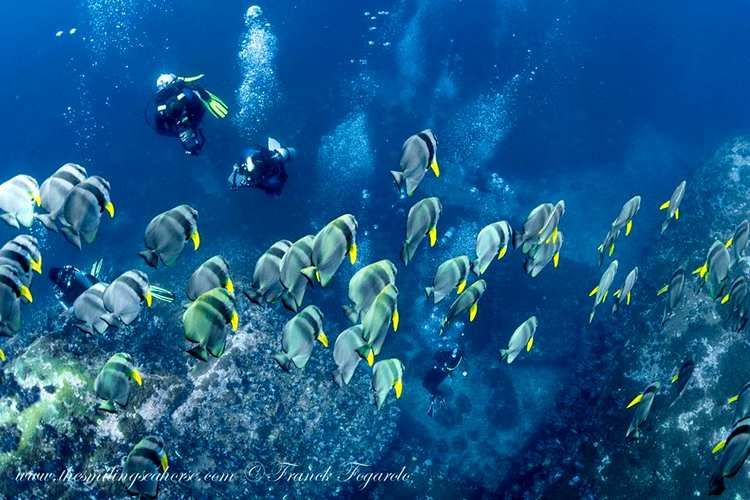
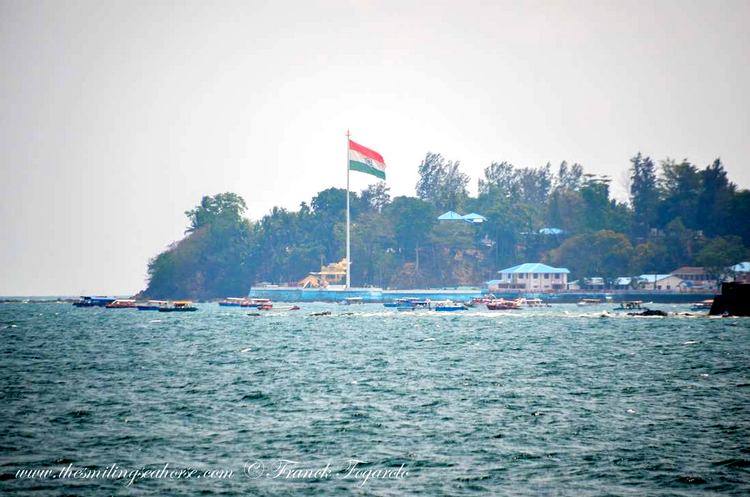
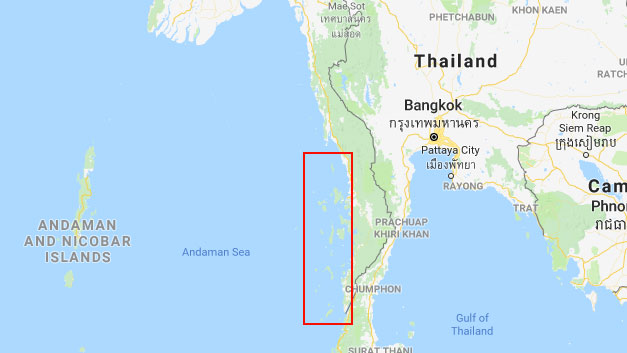
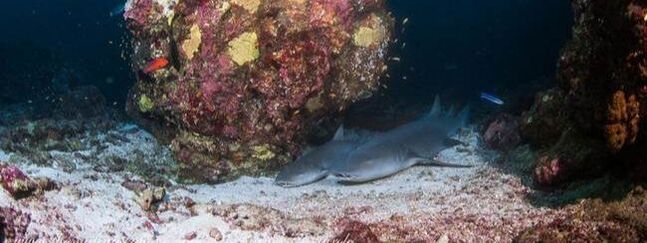
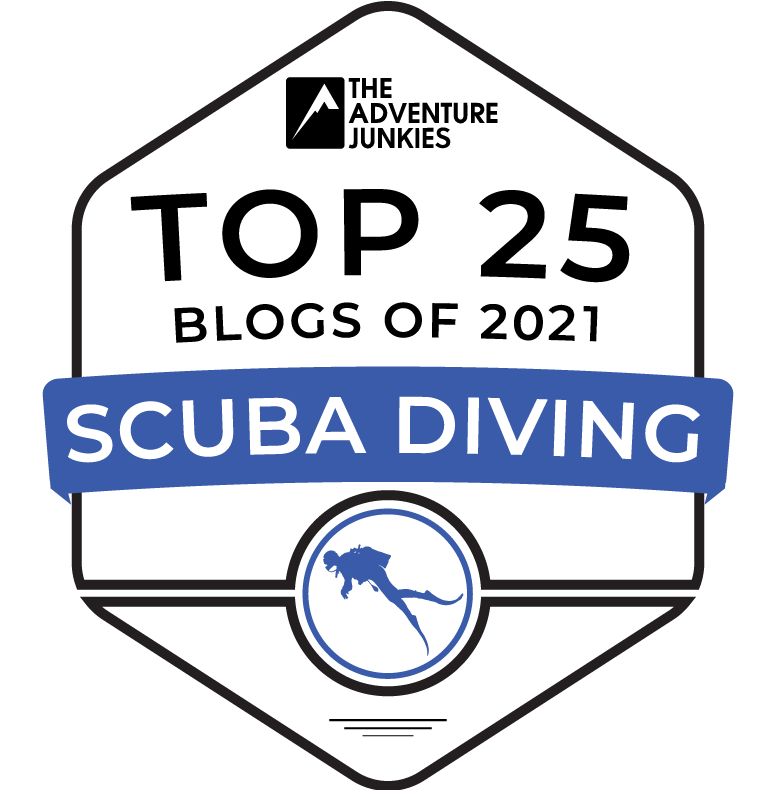
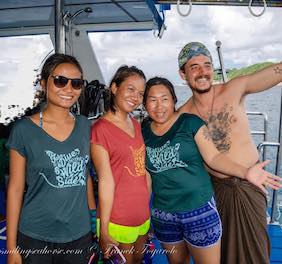
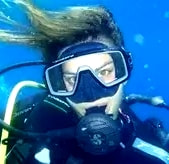

 RSS Feed
RSS Feed




